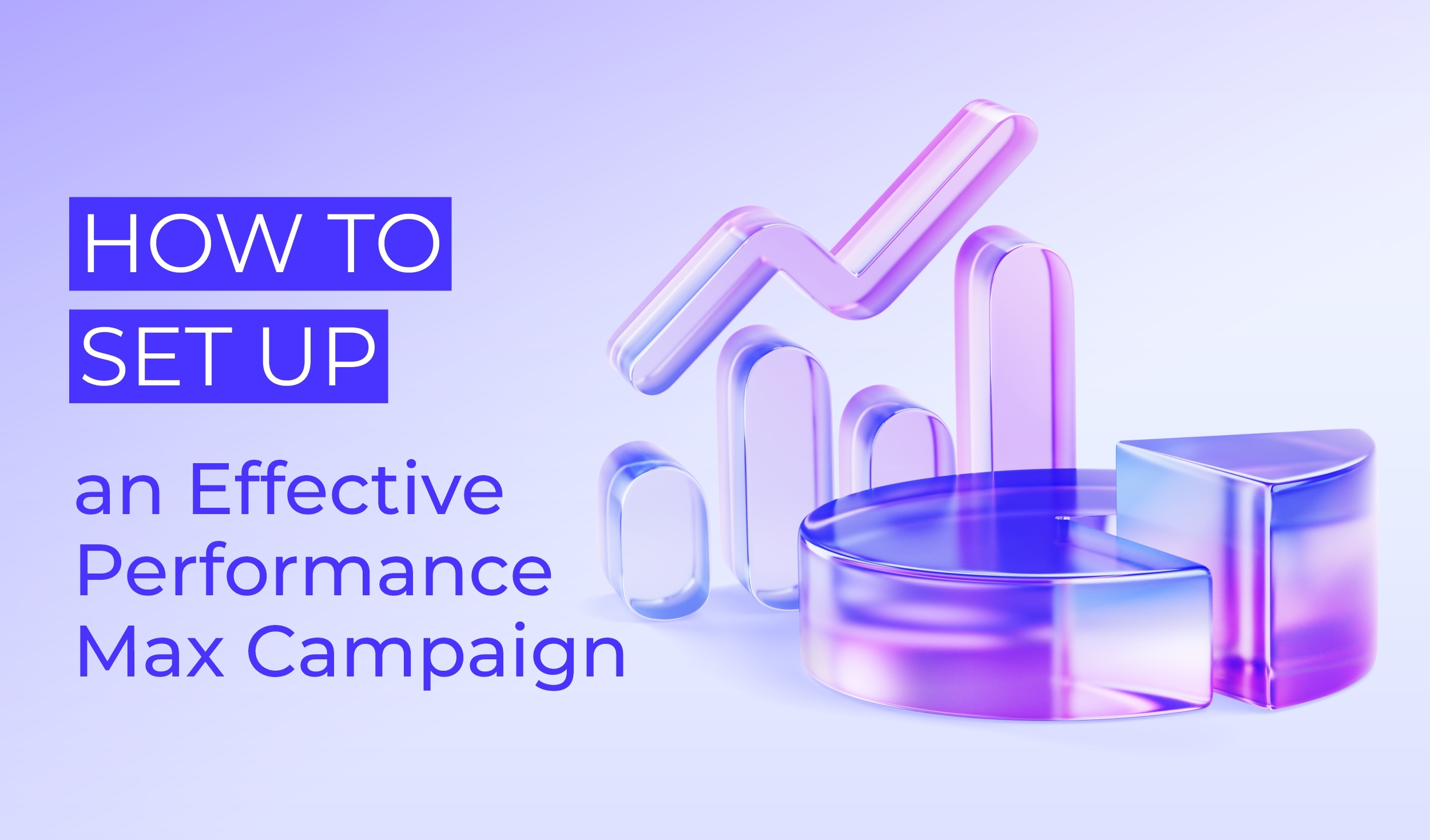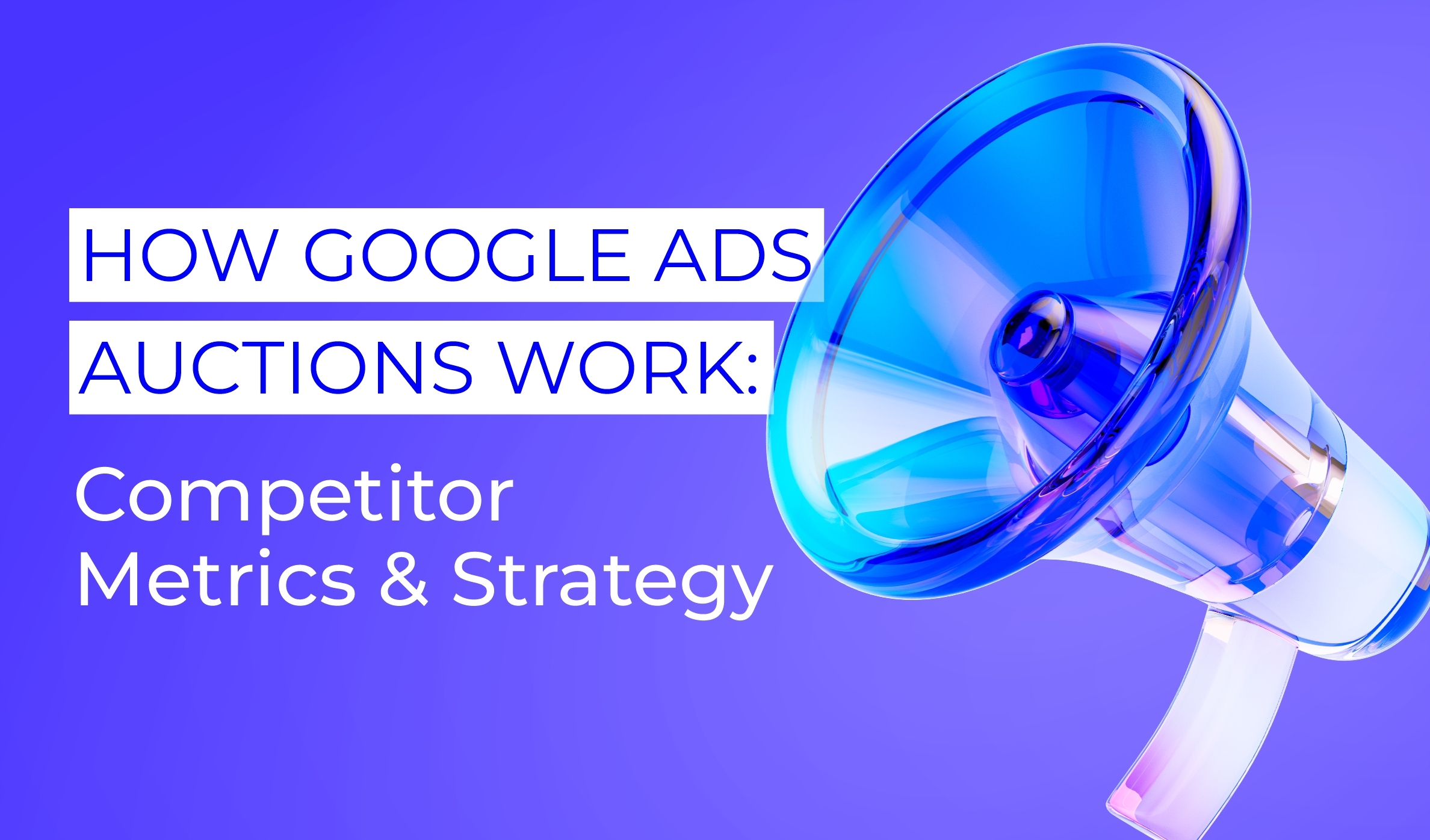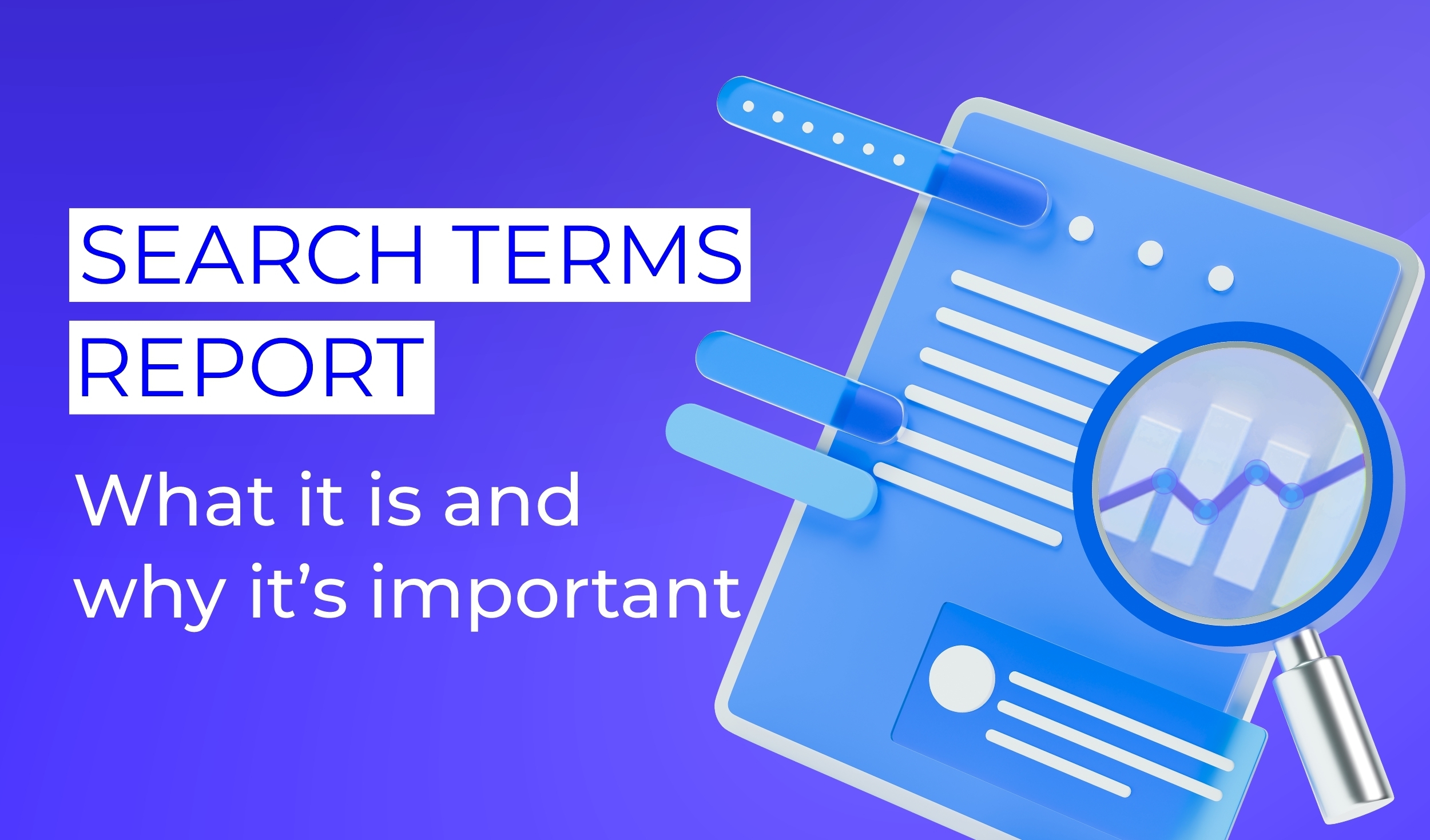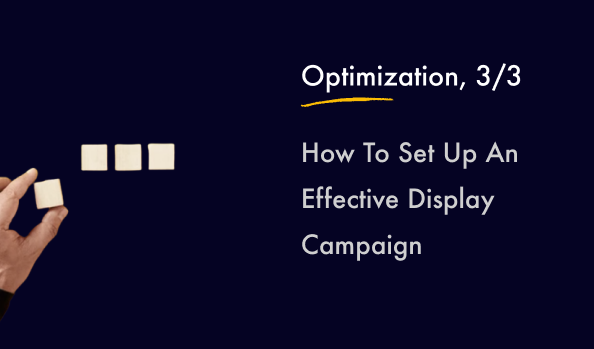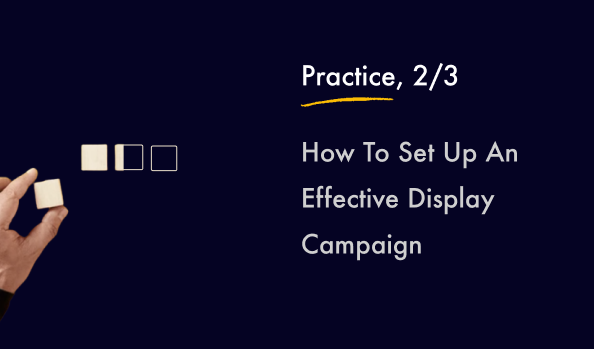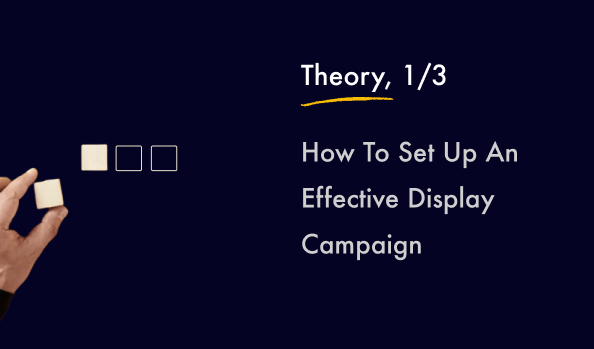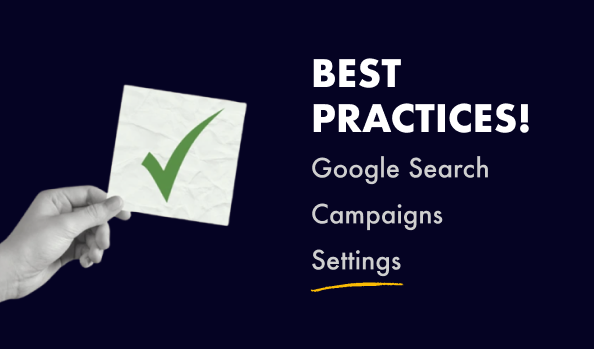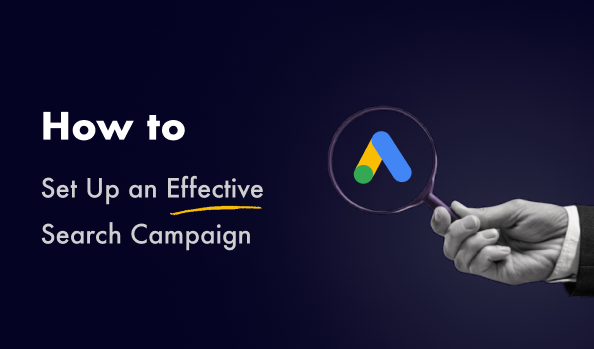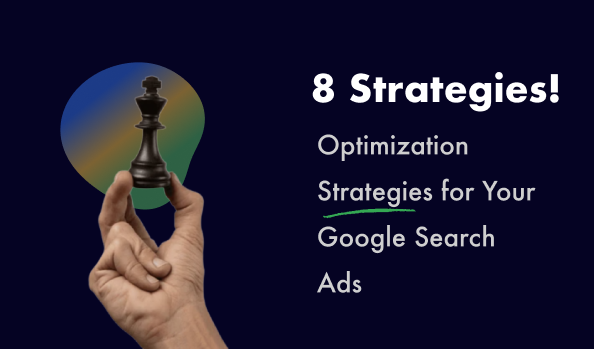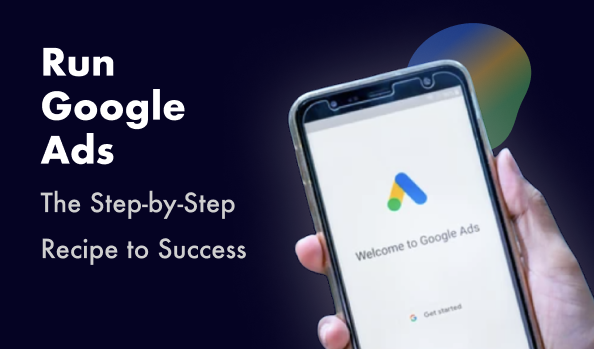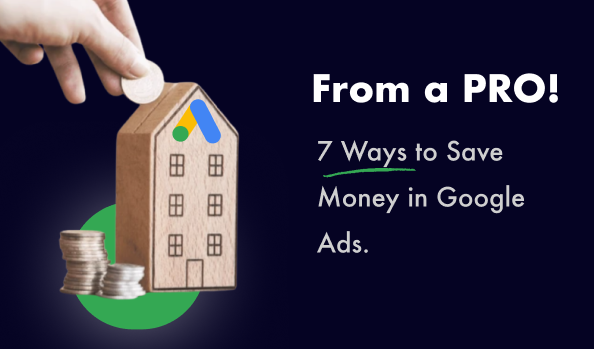RSAs Audit & Optimization
Responsive Search Ads (RSAs) are a cornerstone of modern Google Ads strategy, combining automation with creative flexibility. However, their success is not set-it-and-forget-it. To get the most out of RSAs, regular auditing and optimization are essential. In this post, we’ll walk you through the key aspects of auditing and optimizing RSAs, including practical steps and tools like Optimyzee, to ensure your ads are performing at their best.
What is RSA and Why is Its Performance Important?
RSAs allow advertisers to input multiple headlines and descriptions, which Google then tests in different combinations to determine the best-performing variations for different users and search queries.
The benefits are clear:
- Improved ad relevance
- Greater reach
- Higher click-through rates (CTR)
- Better use of machine learning
However, since Google automates the testing, it’s crucial to monitor performance closely. Poorly managed RSAs can waste budget, deliver irrelevant messages, or underperform compared to traditional Expanded Text Ads (ETAs).
Best Practices
To get the best results from RSAs:
- Use all available assets: Add the maximum number of headlines (15) and descriptions (4).
- Include keywords: Ensure top-performing keywords are featured in your headlines.
- Vary messaging: Don’t repeat the same idea—offer unique value propositions, CTAs, and benefits.
- Pin sparingly: While pinning ensures control, it reduces Google’s ability to test combinations.
- Leverage Ad Strength: Use the Ad Strength indicator as a guide, but don’t rely on it alone for performance judgment.
- Dynamic insertion:
- Dynamic Keyword Insertion (DKI): Incorporate {KeyWord:Default Text} to dynamically show the searcher’s query in the ad, increasing relevance and CTR.
- Countdown Timers: Highlight urgency with dynamic countdowns for limited-time offers or events.
- Location Insertions (for eligible accounts): Dynamically add city or region to personalize the ad.
Understanding RSA Performance Metrics
Key metrics to evaluate RSA performance include:
- CTR (Click-Through Rate): Indicates how engaging your ad is.
- Conversions/Conversion Rate: Shows how effectively the ad drives action.
- Impressions: Useful for understanding exposure.
- Asset performance ratings: Google assigns “Learning,” “Low,” “Good,” or “Best” to individual assets—use this to iterate.
- Ad Strength: Gives a general idea of asset variety and quality.
You can find mentioned metrics below:
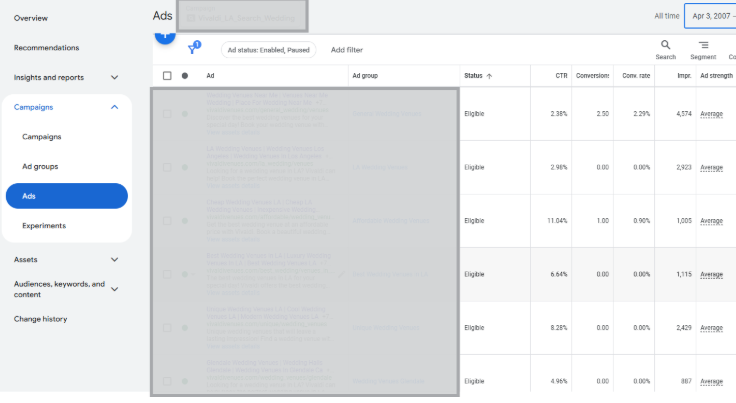
Steps for Conducting an RSA Audit (Manually and with Optimyzee Tools)
Manual RSA Audit:
- Review Ad Strength: Identify ads marked “Poor” or “Average.”
- Check Asset Performance: In the RSA view, look at how each asset is performing.
- Evaluate Performance Metrics: Compare CTR, conversion rate, and cost per conversion across different RSAs.
- Check Message Relevance: Ensure messages align with keywords and user intent.
- Benchmark: Compare RSA performance to other ad types or campaigns.
Using Optimyzee:
Optimyzee offers automated RSA auditing tools, which can:
- Highlight underperforming RSAs across accounts.
- Suggest new asset variations based on past top performers.
- Track asset performance trends over time.
- Generate performance reports for easy optimization decisions.
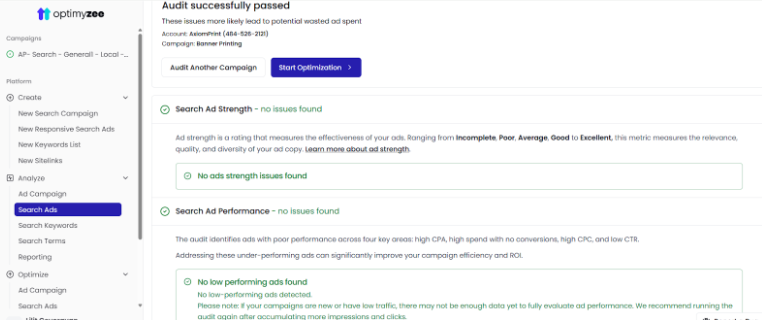
Optimization Strategies for RSAs
Once the audit is complete, use these tactics to improve performance:
- Replace low-performing assets: Swap out “Low” rated assets with fresh variants.
- Test new value propositions: Try different headlines that highlight promotions, features, or trust signals.
- Adjust pinning: If you’re pinning heavily, consider reducing it to allow more machine testing.
- Use keyword insertion: Dynamic keyword insertion can boost relevance.
- Create multiple RSAs per ad group: Diversify messaging and test different angles.
Monitoring & Continuous Improvements
RSA optimization isn’t a one-time effort. Ongoing management ensures continued success:
- Schedule monthly RSA audits.
- Rotate in a new copy every 30–60 days.
- Track performance by device, audience, and location.
- Use A/B testing with RSAs to find the best mix.
Using automated rules or scripts (or Optimyzee) to flag underperforming RSAs can make this easier and more scalable.
What Else Can Influence Ad Performance?
While RSAs are critical, don’t forget these other campaign levers:
- Budget allocation: Insufficient budget can limit reach and test velocity.
- Keyword targeting: One common mistake is using the same RSA for a wide range of unrelated keywords. While it may seem efficient, this often leads to generic messaging that doesn’t resonate with specific search intents. A single RSA might work well for one keyword but fall flat for another. That’s why it’s crucial to group similar keywords into tightly themed ad groups, allowing you to tailor RSAs for relevance and performance.
- Campaign settings: Location targeting, bidding strategy, ad schedule, and device preferences all play a role.
- Landing page experience: A mismatch between ad and landing page can kill conversion rates.
- Competition & auction insights: Competitive pressures may impact CTR and CPC.
A well-performing RSA can only thrive in a well-structured, well-managed campaign ecosystem.
Conclusion
Responsive Search Ads offer a powerful blend of automation and flexibility—but that power must be harnessed through thoughtful auditing and optimization. By regularly reviewing RSA performance, experimenting with new creative, and leveraging tools like Optimyzee, advertisers can unlock significant performance gains.
The key? Stay proactive. Watch the data, iterate strategically, and never assume your ads are “good enough.” In the ever-evolving world of Google Ads, continual improvement wins the race.


